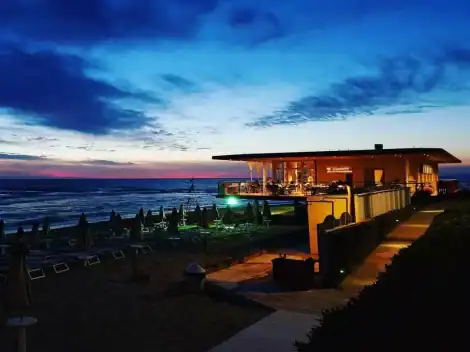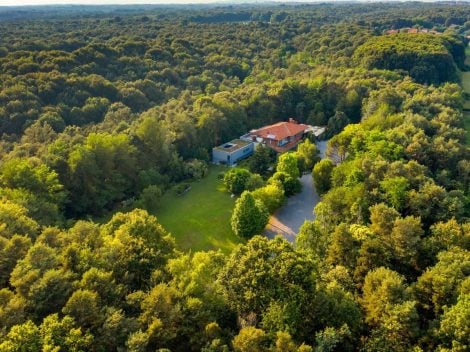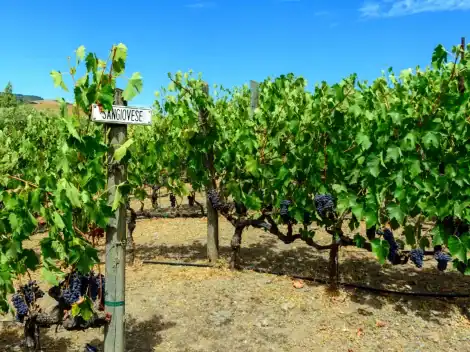The invention of a wine territory
When it comes to Lazio wine, it's impossible not to acknowledge Antonio Santarelli's company, Casale del Giglio. Located in Le Ferriere, a hamlet of Latina, in southern Lazio, where Antonio has successfully continued the work started by his father Dino. Before their arrival in the area, the cultivation of grapes was not widespread in the Agro Pontino area. But it was precisely having to do with an oenologically virgin territory that gave the Santarelli family and Paolo Tiefenthaler, the oenologist who has always followed the company, the drive to experiment. "The oenological history of Casale del Giglio - he says - has seen three essential and unique moments in the Lazio viticulture scene: a first phase of experimentation in which a territory of quality wine was literally created in the Agro Pontino; a second moment of consolidation where we demonstrated that this territory could produce wines of great personality; and third, a moment which we are still experiencing, of rediscovery and enhancement of the winemaking traditions of the region."
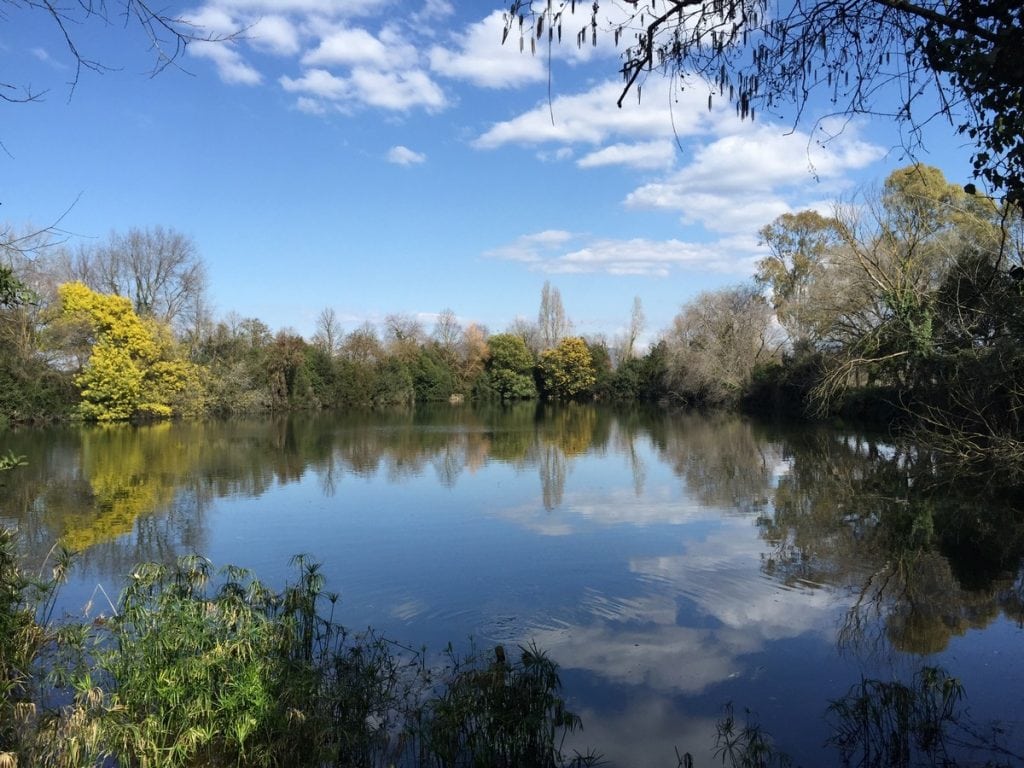
Lazio and its grapes
The native varieties of Lazio have roots that go back to ancient history. "Unfortunately, they have been little valued for too long" explains Antonio: "The potential of these varieties and above all of our territory, lies in their strong diversity. They range from Bellone, which has found its ideal environment in the sandy soils of the coast, to Cesanese which expresses the maximum of its quality potential on the reliefs of Olevano, Piglio and Affile, without forgetting Biancolella, originally from Ischia, which has shown a strong adaptability to the calcareous soil of volcanic Ponza." This strong diversity between very different areas, dominated essentially by two factors, namely the influence of the sea and the volcanic origin of the Castelli and Monti Lepini, helps to give a great personality to the individual grapes. "Since 2010 we have been working on the rediscovery and enhancement of these native grapes; to the study of the varieties already mentioned, is also a project relating to Pecorino, as known, present in Abruzzo and Marche which we planted between Amatrice and Accumoli after the terrible earthquake of 2016 and which lends itself to the creation of a classic method or, alternatively, a great ageing white."
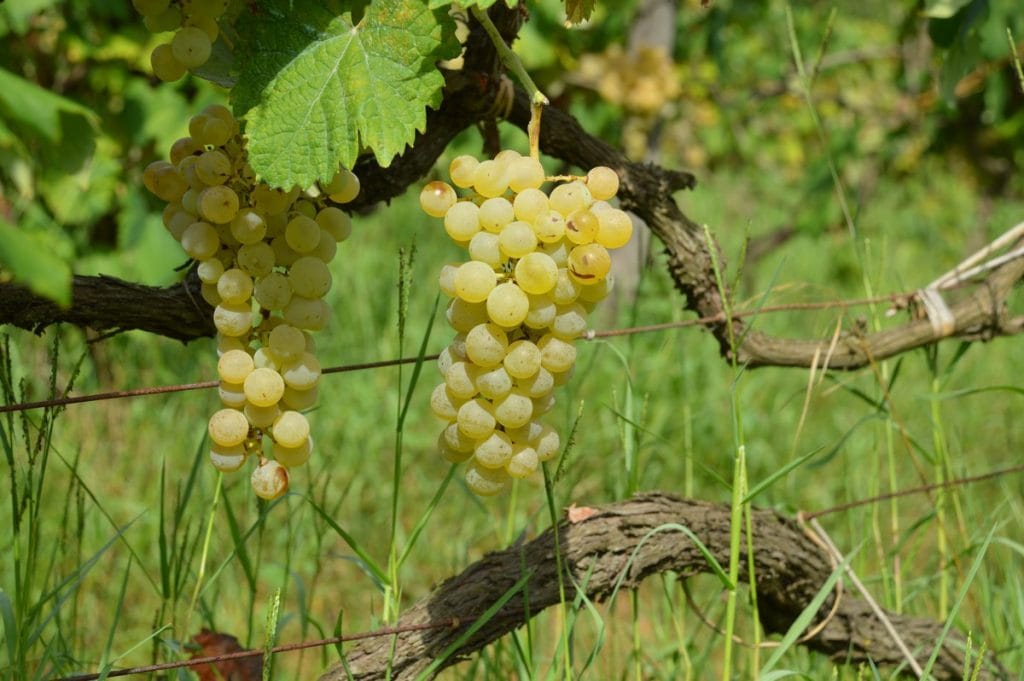
The native grapes of Lazio conquer foreign markets
The rediscovery and enhancement of native grape varieties has been decisive for the foreign market: "International consumers are increasingly interested in learning about local varieties that allow discovering the identity of a territory. Many are pleasantly surprised to discover that a variety like Bellone was already mentioned by Pliny the Elder!" "Our biggest foreign markets" - he continues - "are America (United States, Canada, Brazil), Asia (China, Japan, SEA) and Europe where Switzerland and Germany are the driving force." And he concludes: "On an international level, Lazio is still little known in terms of the qualitative potential of its products. A long and intense work on marketing and promotion, which we have been carrying out for several years and which, thanks to the work and dedication of our technical director oenologist Paolo Tiefenthaler, has made it possible to consolidate the high quality image of our region abroad as well."

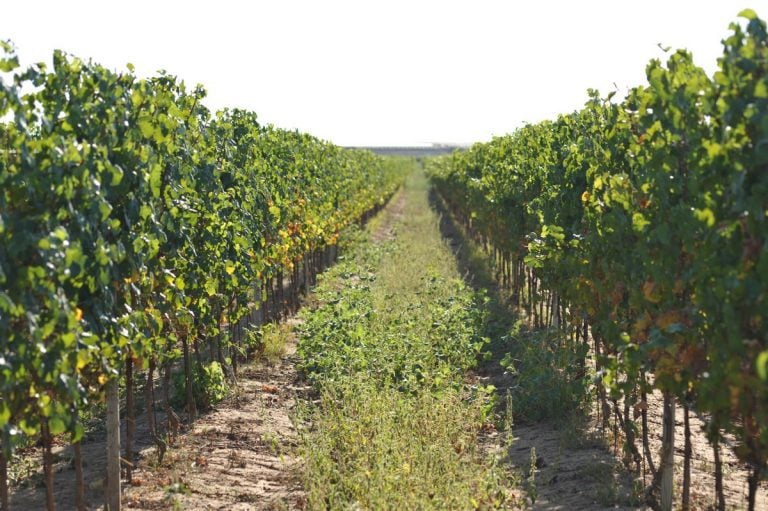
 “In Chianti, warehouses are full and prices are falling”. The economic crisis of Tuscan wine explained by Giovanni Busi
“In Chianti, warehouses are full and prices are falling”. The economic crisis of Tuscan wine explained by Giovanni Busi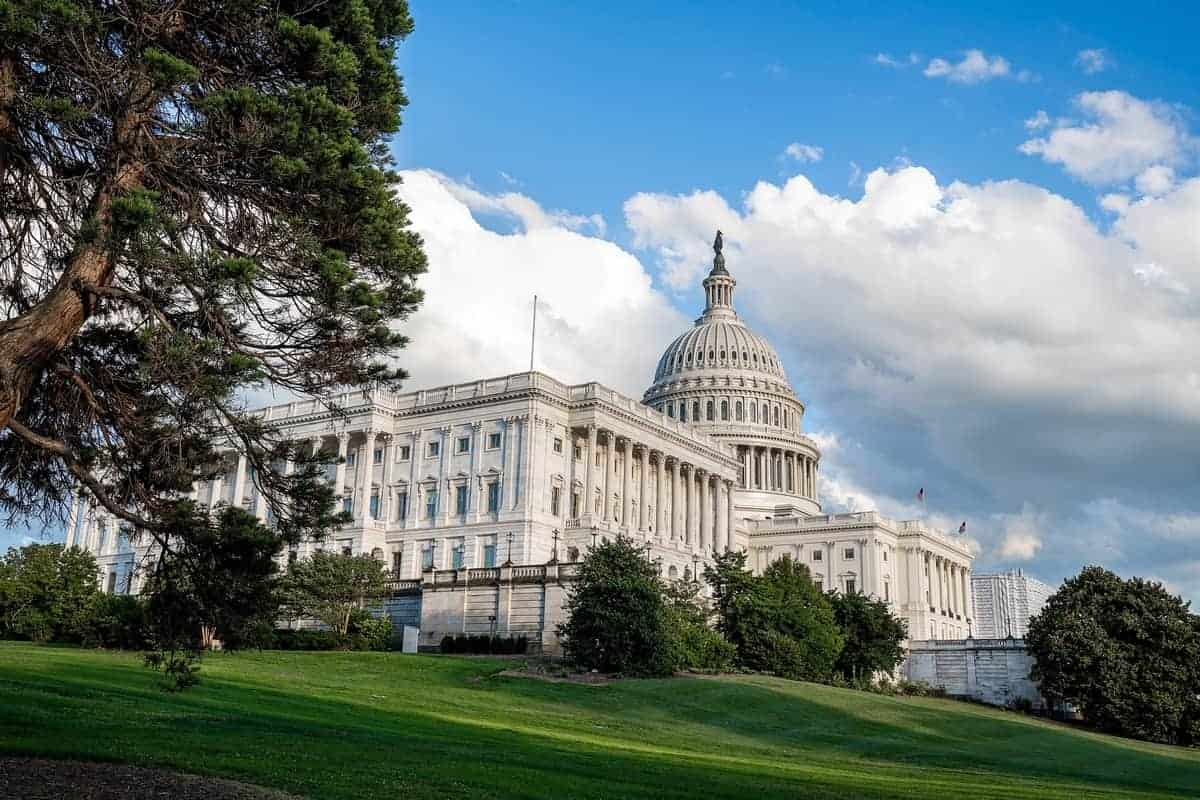 US tariffs will take effect on 1 August for everyone (including wine). Prosecco DOC: “it’s impossible to plan for the future
US tariffs will take effect on 1 August for everyone (including wine). Prosecco DOC: “it’s impossible to plan for the future Diego Rossi of Trippa opens a new osteria: what you can eat at Nino Osteria con Cucina in Milan
Diego Rossi of Trippa opens a new osteria: what you can eat at Nino Osteria con Cucina in Milan How you eat at Sentiero, the restaurant Elba Island was missing
How you eat at Sentiero, the restaurant Elba Island was missing